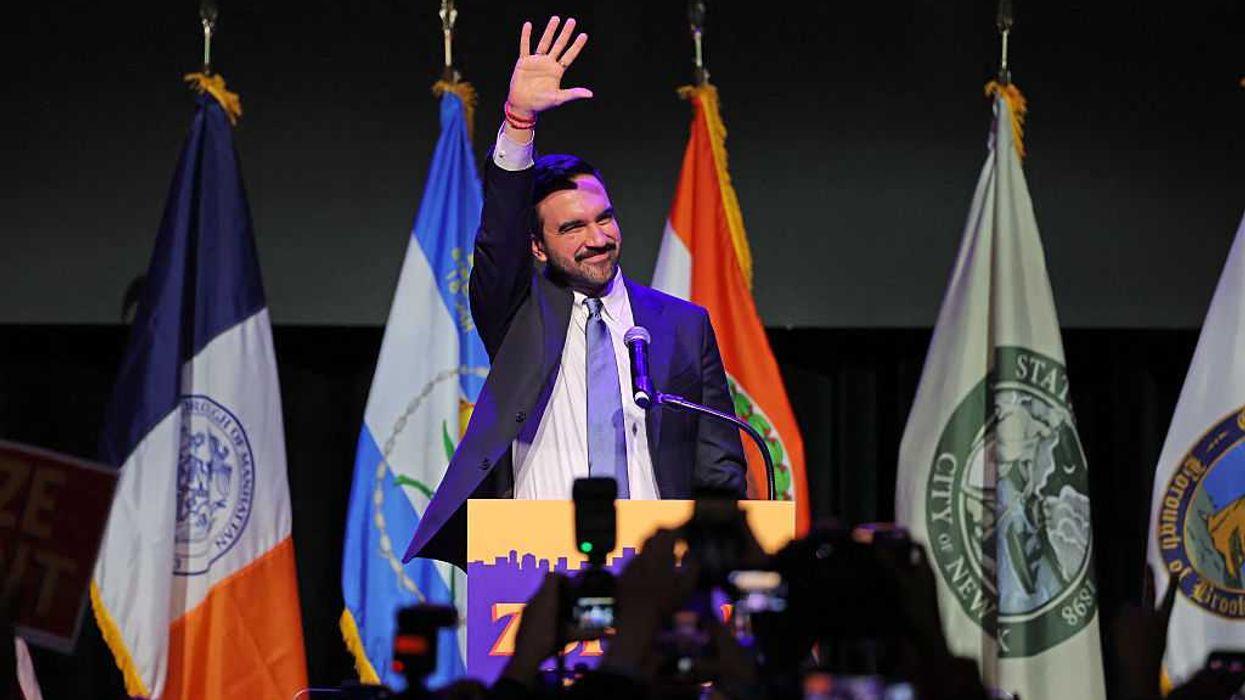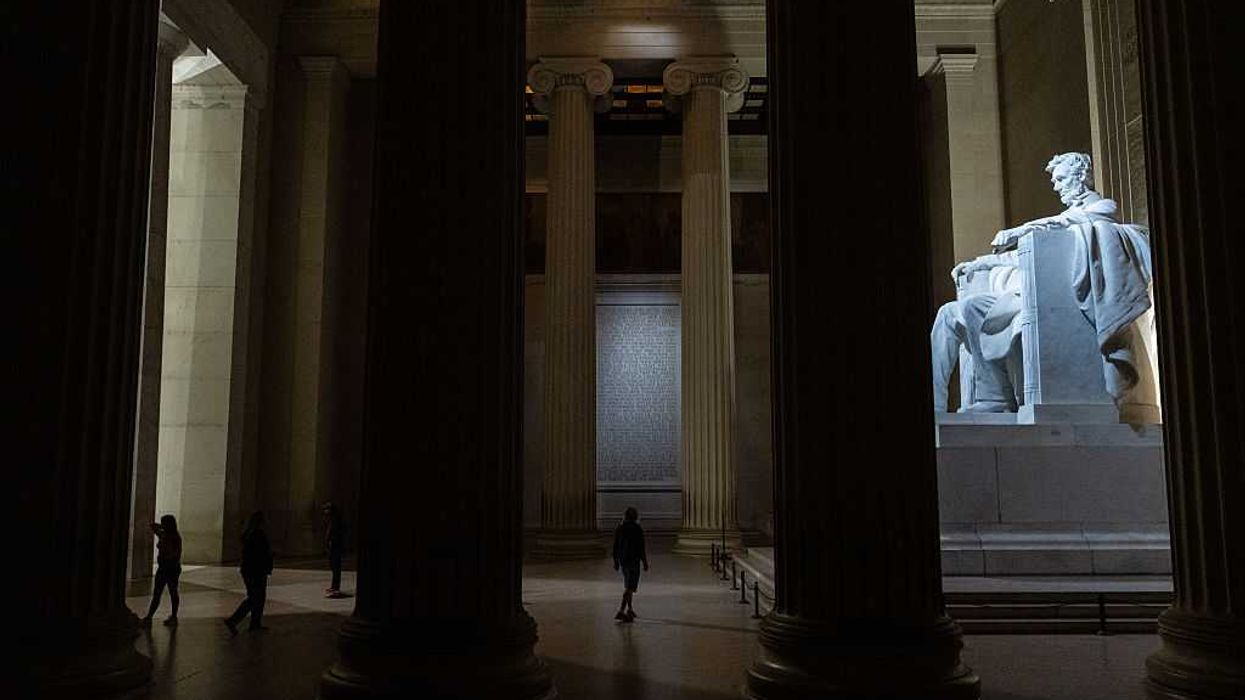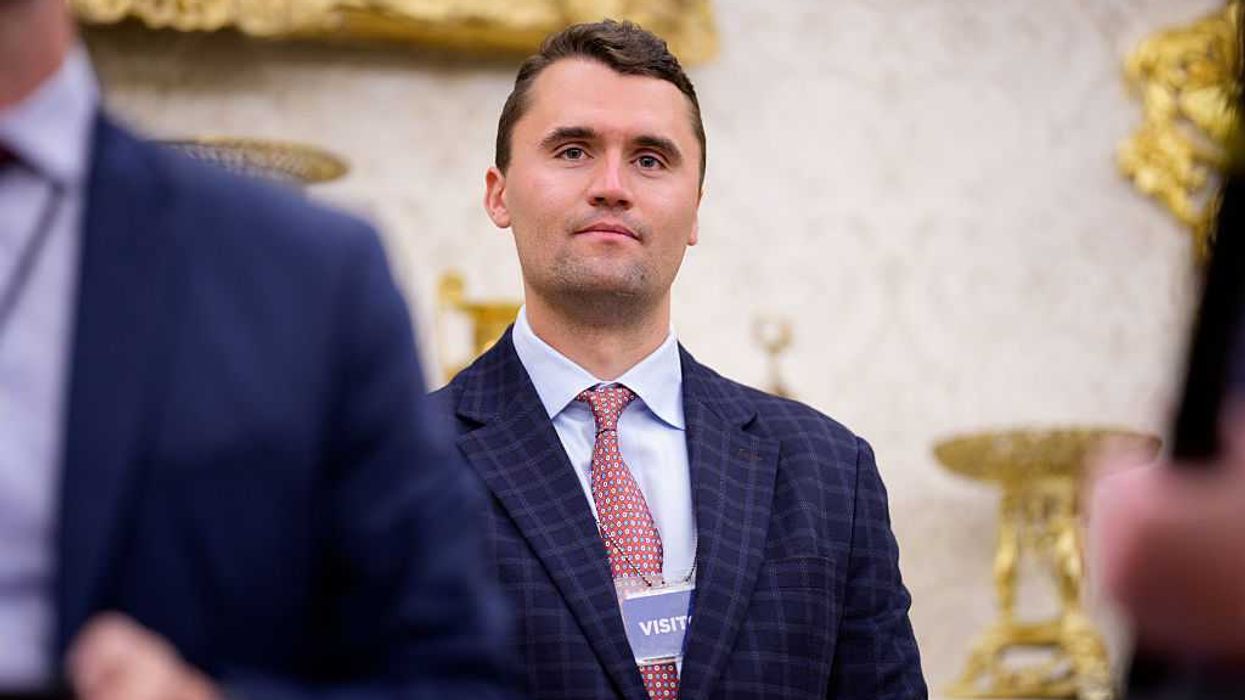A caller on Glenn's radio program Wednesday shared how livid she was about the treatment Ted Cruz received from Sean Hannity the night prior.
"I think that was staged, just so he could let the senator have it," the caller (Teresa) said. "But you got to get up pretty early in the morning to put one over on Ted Cruz. I was so proud of him."
Glenn played an audio clip of the interview and offered insight on a deeper reason behind Hannity's frustration. Watch or read the transcript below.
Below is a rush transcript of this segment. It might contain errors.
GLENN: In case you missed it, here's what happened.
SEAN: That people are telling me that they find this whole process confusing. You know, I can read the articles, for example, about -- you know, people want to know what actually happened in Georgia this weekend where people that I guess on the first ballot are going to Donald Trump, but representatives of yours talked to them and are persuading them to vote for you on a second ballot. That is an important question because I think most people would like to know how this works. And I really am asking you, it's more than a process question, it's an integrity-of-the-election question.
PAT: Oh, for gosh sakes.
SEAN: And everybody is asking me this question. So I'm giving you an opportunity to explain it.
PAT: That is unreal.
TED: Sean, the only people asking this question are the hard-core Donald Trump supporters --
SEAN: Senator, why do you do this? Every time I ask a -- No. You gotta stop. Every time I have you on the air and I ask a legitimate question --
PAT: No, Sean, you have to stop. He's got to stop pretending.
GLENN: Hang on just a second.
PAT: Listen to the tone. Listen to his tone. It is obvious he is battling for Trump right now. It's obvious.
GLENN: But what he's saying is a lot of people are asking this question and they want to know why somebody on the second ballot -- because most people don't understand the ballot process.
PAT: Hannity knows the process.
GLENN: I know. I know. But it's our job and his job and Ted's job and anybody who is involved -- Donald's job, to explain that. It is not unfair to go and say, "Okay. You have to vote the first time."
But let me make a case. So the second time you vote, if there's no clear winner, the second time you vote, we'd like to get your winner here. That's the way the system has been set up. And it's always been that way.
STU: Right. The system is set up to say, do the people have a clear winner, who they really want? If the answer to that is no, it goes to the delegates.
GLENN: It goes to the delegates. And the delegates all have been voted on by the people.
PAT: You have to have a way of finding that person that gets to 1237.
GLENN: Correct.
PAT: Because you have to get to 1237.
GLENN: You have to do it through the votes by the delegates.
PAT: Right.
GLENN: And that's why -- that's why the Ted Cruz thing has been so effective. Because he has gotten his delegates elected in many of the states. They're elected by the people.
PAT: Yeah.
GLENN: And so he got his delegates elected. So his delegates are voting for Donald Trump in some of these states on the first ballot. Because that's what they have to do. But in the second ballot, they can vote for whoever they want. Sometimes in the second, sometimes in the third, sometimes in the fourth. But that's the way the system works.
Featured Image: Republican presidential candidate Sen. Ted Cruz (R-TX) (L) speaks in a discussion with political commentator Sean Hannity during a campaign rally at Faith Assembly of God Church on March 11, 2016 in Orlando, Florida. The candidates continue to campaign before the March 15th Florida primary. (Photo by Gerardo Mora/Getty Images)


 ANGELA WEISS / Contributor | Getty Images
ANGELA WEISS / Contributor | Getty Images
 Eric Lee / Stringer | Getty Images
Eric Lee / Stringer | Getty Images Andrew Harnik / Staff | Getty Images
Andrew Harnik / Staff | Getty Images